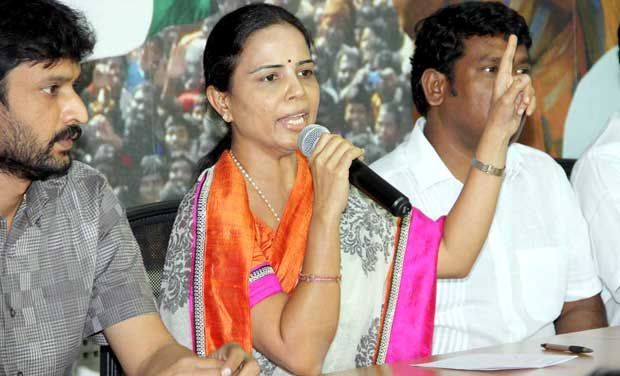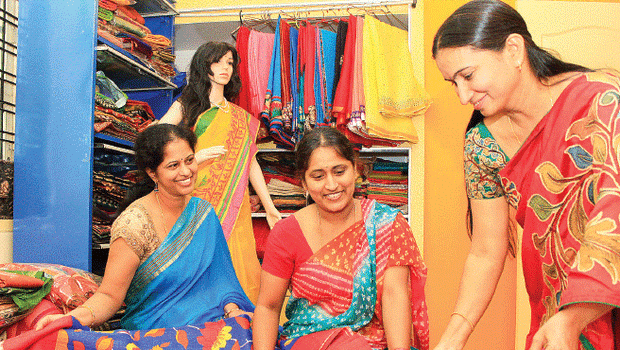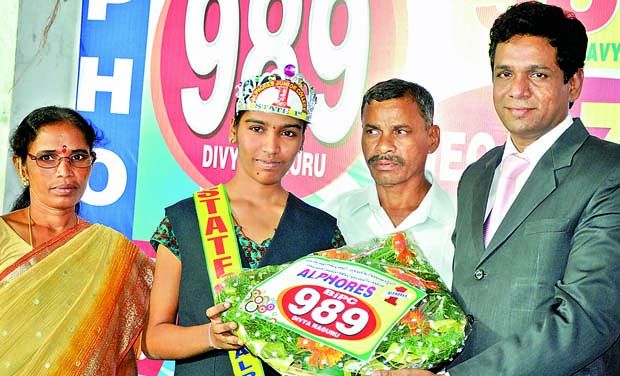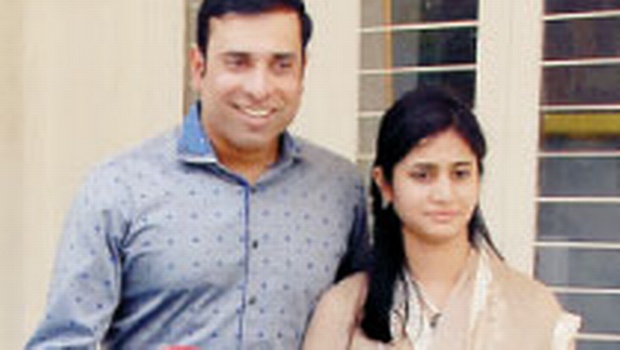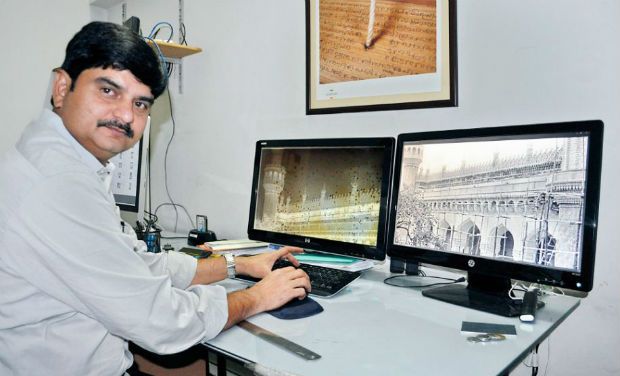Shantha’s Pentavalent Pediatric Vaccine prequalified by World Health Organization
– Shan5(TM) is the first vaccine jointly developed by the Indian company
and its parent company Sanofi Pasteur –
– WHO’s decision allows for the purchase of Shan5(TM) by United Nations agencies –
LYON, France, May 5, 2014 (GLOBE NEWSWIRE) — Sanofi Pasteur, the vaccines division of Sanofi (EURONEXT: SAN and NYSE: SNY), announced today that its pediatric pentavalent vaccine Shan5(TM), developed and manufactured by its affiliate Shantha Biotechnics in Hyderabad, India, has received prequalification status from the World Health Organization (WHO). This status is based on a review of a comprehensive set of data related to the process and the product characteristics, as well as on a positive recommendation of WHO’s auditors following a site inspection of Shantha’s manufacturing facilities. It qualifies Shan5(TM) vaccine for purchase by United Nations agencies, mainly UNICEF. Shan5(TM) prequalification will give more children around the world access to the latest high-quality, fully-liquid, 5-in-1 vaccine and help secure the supply of pentavalent combination vaccines in over 50 emerging and low-income countries.
“Shan5(TM) is the first product that puts together the best of Shantha and Sanofi Pasteur’s assets and talents,” said Olivier Charmeil, Sanofi Pasteur President and CEO. “Today, a significant number of babies born every year do not have access to modern vaccination programs. By delivering large supplies of high-quality and affordable vaccines to emerging and low-income countries, Shantha will be contributing to filling this gap for the benefits of babies and their parents.”
Shan5(TM) is produced at Shantha’s state-of-the-art manufacturing facility in Hyderabad, India, and received Marketing Authorization in India in March 2014.
“The development of Shan5(TM) benefitted from Sanofi Pasteur’s more than 50 years of experience with whole-cell pertussis and combination vaccines – ensuring robust processes and guaranteeing international quality standards” said Harish Iyer, Shantha CEO. Shantha’s manufacturing platform in India will serve Indian needs and provide Sanofi Pasteur access to additional vaccine markets globally.”
About Shantha
Shantha, which was acquired by Sanofi Pasteur Holding in 2009, is a biotechnology pioneer from the emerging countries, founded by Dr. K I Varaprasad Reddy in 1993 in Hyderabad, India. Shantha is a fully integrated biotechnology company involved in R&D, manufacturing and marketing.
Shantha’s mission is to develop, produce and market human health care products which are affordable and meet the highest International standards. Shantha’s products complement Sanofi Pasteur’s portfolio. Besides Shan5(TM), three of its vaccines are WHO-prequalified: Shanchol(TM) cholera vaccine, Shanvac-B(R) hepatitis B vaccine and ShanTT(TM) tetanus vaccine. Sanofi Pasteur and Shantha are also developing a new vaccine against rotavirus and a pediatric combination vaccine based on Shan5(TM),that will incorporate Sanofi Pasteur’s Inactivated Polio Vaccine (IPV) in order to secure polio eradication.
About Shan5
Shan5 is a fully-liquid five-in-one, convenient, safe and high-quality vaccine that provides effective protection for children from 6 weeks of age against five diseases: diphtheria, tetanus, pertussis, Hib and hepatitis B. Shan5 vaccine has been developed and is produced by Shantha in Hyderabad, India.
About Sanofi
Sanofi, an integrated global healthcare leader, discovers, develops and distributes therapeutic solutions focused on patients’ needs. Sanofi has core strengths in the field of healthcare with seven growth platforms: diabetes solutions, human vaccines, innovative drugs, consumer healthcare, emerging markets, animal health and the new Genzyme. Sanofi is listed in Paris (EURONEXT: SAN) and in New York (NYSE: SNY).
Sanofi Pasteur, the vaccines division of Sanofi, provides more than 1 billion doses of vaccine each year, making it possible to immunize more than 500 million people across the globe. A world leader in the vaccine industry, Sanofi Pasteur offers a broad range of vaccines protecting against 20 infectious diseases. The company’s heritage, to create vaccines that protect life, dates back more than a century. Sanofi Pasteur is the largest company entirely dedicated to vaccines. Every day, the company invests more than EUR 1 million in research and development. For more information, please visit: www.sanofipasteur.com or www.sanofipasteur.us
Forward Looking Statements
This press release contains forward-looking statements as defined in the Private Securities Litigation Reform Act of 1995, as amended. Forward-looking statements are statements that are not historical facts. These statements include projections and estimates and their underlying assumptions, statements regarding plans, objectives, intentions and expectations with respect to future financial results, events, operations, services, product development and potential, and statements regarding future performance. Forward-looking statements are generally identified by the words “expects”, “anticipates”, “believes”, “intends”, “estimates”, “plans” and similar expressions. Although Sanofi’s management believes that the expectations reflected in such forward-looking statements are reasonable, investors are cautioned that forward-looking information and statements are subject to various risks and uncertainties, many of which are difficult to predict and generally beyond the control of Sanofi, that could cause actual results and developments to differ materially from those expressed in, or implied or projected by, the forward-looking information and statements. These risks and uncertainties include among other things, the uncertainties inherent in research and development, future clinical data and analysis, including post marketing, decisions by regulatory authorities, such as the FDA or the EMA, regarding whether and when to approve any drug, device or biological application that may be filed for any such product candidates as well as their decisions regarding labelling and other matters that could affect the availability or commercial potential of such product candidates, the absence of guarantee that the product candidates if approved will be commercially successful, the future approval and commercial success of therapeutic alternatives, the Group’s ability to benefit from external growth opportunities, trends in exchange rates and prevailing interest rates, the impact of cost containment policies and subsequent changes thereto, the average number of shares outstanding as well as those discussed or identified in the public filings with the SEC and the AMF made by Sanofi, including those listed under “Risk Factors” and “Cautionary Statement Regarding Forward-Looking Statements” in Sanofi’s annual report on Form 20-F for the year ended December 31, 2013. Other than as required by applicable law, Sanofi does not undertake any obligation to update or revise any forward-looking information or statements.
Contacts:
Global Media Relations Investor Relations
Alain Bernal Sébastien Martel
T. +33 (0)4 37 37 50 38 T. +33 (0)1 53 77 45 45
alain.bernal@sanofipasteur.com ir@sanofi.com
www.sanofipasteur.com
India Media Relations
Aparna Thomas
T. +91-22-28-27-81-69
aparna.thomas@sanofi.com
www.sanofi.com
Link to PDF of Press Release http://hugin.info/152918/R/1782423/610086.pdf
HUG#1782423
source: http://www.onlinewsj.com / The Wall Street Journal / Home> India Edition / Press Release / May 05th, 2014
